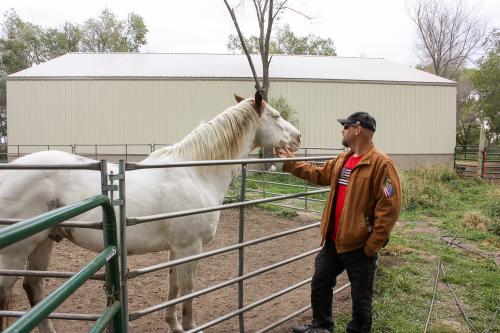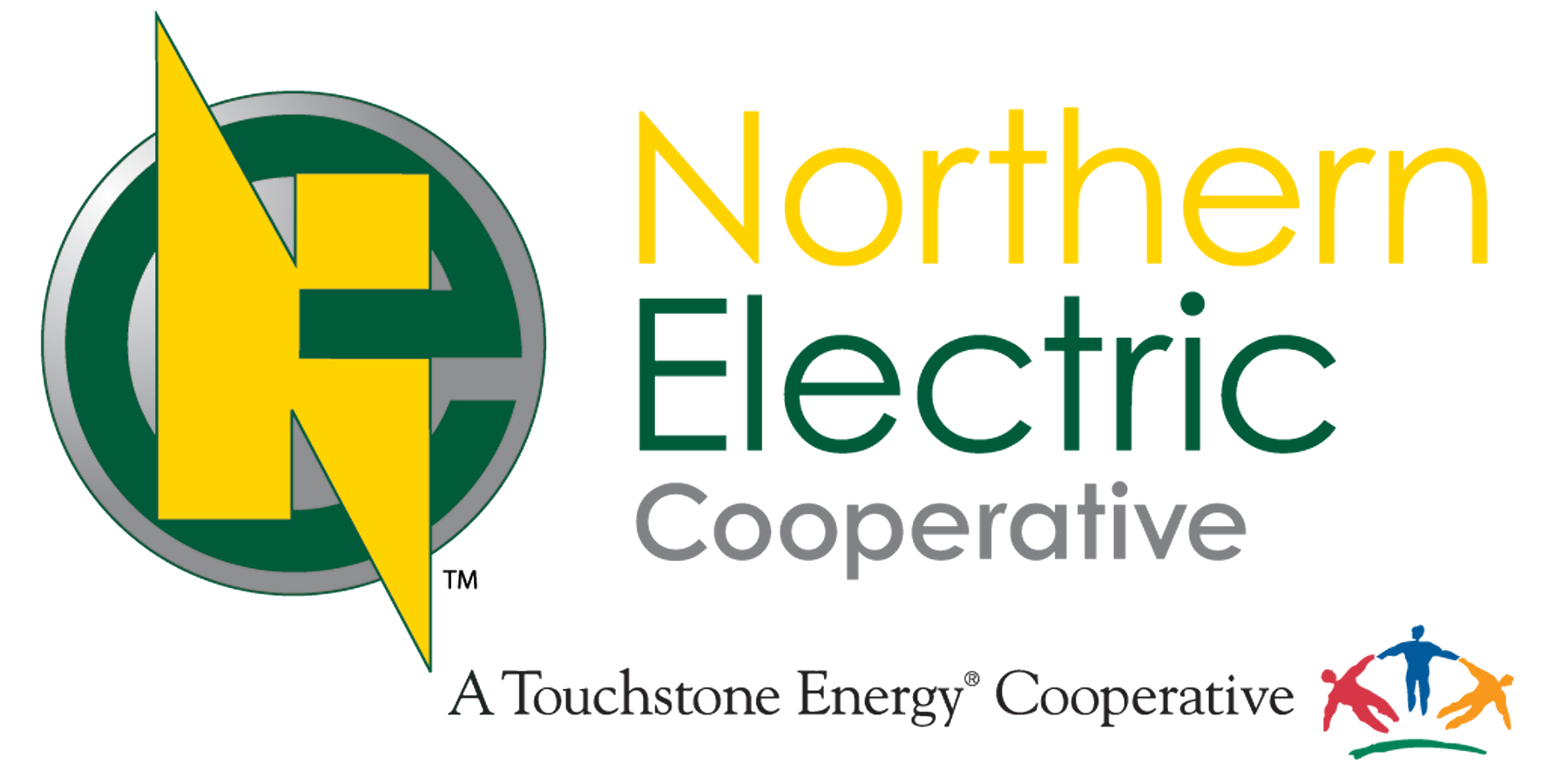Navy-veteran Chris Reder searched for more than 20 years for purpose in life after he left the military. He believes he has now found that purpose on a small tract of land about six miles south of Aberdeen.
“I had struggled for a long time and couldn’t understand my mission and purpose in life,” Reder said.
The piece of property that brought Reder’s mission into focus was homesteaded by his family in the late 1800s. Today, he has turned the rural farmstead into a home for specialized horses that are used to conduct a unique form of therapy for veterans. The equine-assisted method used at Reder’s DTOM 22/0 Veterans Ranch brings relief to veterans struggling with post-traumatic stress disorder (PTSD) and the numerous neurological issues that can plague them following a career in the military.
“A vet we had said she fell in love with life again,” Reder said about a veteran who recently visited the ranch.
DTOM is an acronym for the Navy slogan ‘don’t tread on me.’ The number 22 is the average number of suicides that the U.S. Department of Veterans Affairs acknowledges every day. The 0 represents Reder’s mission to eliminate those suicides.
“The military does a good job training soldiers to go to war, but they don’t do a good job training them to come home,” Reder said.
Reder was an intelligence analyst for the Navy who handled highly classified information. He had one of the highest intelligence clearances in the military. But he began facing his own struggles when he was medically discharged in 1999 following a motorcycle accident.

Reder’s struggles led him to use horses to conduct therapy for veterans like himself. In late 2018, he was introduced to the Equine-Assisted Draper Sensory Method by a VFW chaplain at an event in Colorado. Reder is now one of only five certified practitioners of the method in the United States, and he is one of the only practitioners using the method for veterans. The specialized movement of the horses trained in the Draper method brings neurological healing to veterans while they are at the ranch but also when they go home.
“They can take a break and close their eyes and visualize the horse,” Reder said.
The veterans ranch began taking shape in 2019 when Reder raised enough money to build a horse arena to conduct equine therapy. Veterans from across South Dakota, Minnesota, Wisconsin, Ohio, and Canada have all visited the farmstead which is powered by Northern Electric Cooperative.
In September, a family from Sioux Falls brought their veteran to the ranch as a last-ditch effort to save him.
“When he got through it (the therapy) he said it was the single greatest day of his life,” Reder said.
Reder believes a new partnership with Dr. Tracy Diefenbach, who moved to South Dakota in September to work at the ranch, will be another asset for veterans. Diefenbach is a combat veteran herself who specializes in psychiatry, clinical traumatology, PTSD, and brain injuries.
“It’s a very difficult job, but I made a promise that I wouldn’t let this (veteran suicide) happen again if I could,” Diefenbach said.
Diefenbach made it her mission to prevent veteran suicides after her husband committed suicide in 2011 following nine combat tours overseas. Diefenbach has also found her purpose at the DTOM 22/0 ranch.
“I didn’t want to be the typical clinical doctor for veterans,” Diefenbach said.
She said the ranch not only provides unique therapy for veterans using horses, but the rural setting also provides a place where veterans can connect with each other and heal.
“They feel safe out here. It is non-threatening. It opens the door, so they feel they are not alone,” Diefenbach said.
Diefenbach and Reder do not charge veterans for the services or therapy received at the ranch. Their mission is funded by donations. This fall they are planning to add a three-bedroom house to the property to give veterans a place to stay and socialize when they visit the farmstead. The entire project will be donated.
“We don’t charge them (veterans) a penny,” Reder said. “They have paid for that a million times over. It has been a great community really supporting it.”
Reder is also working on a plan to have veterans build tiny homes on the property. The project will give veterans skills that will help them with career opportunities, and it will provide future housing for more veterans to stay at the ranch.
Reder and Diefenbach want to continue developing the ranch to make it a refuge for veterans looking for a path forward.
“Giving them hope and purpose again,” Diefenbach said about the goal of the ranch. “We want to help them figure out the long-term healing process in a safe environment.”
A safe environment that can help accomplish the mission.
“Hopefully, they (the veterans who visit) will tell other vets and we can end the suicide,” Reder said.
__________
To learn more about the ranch visit dtom220.org
